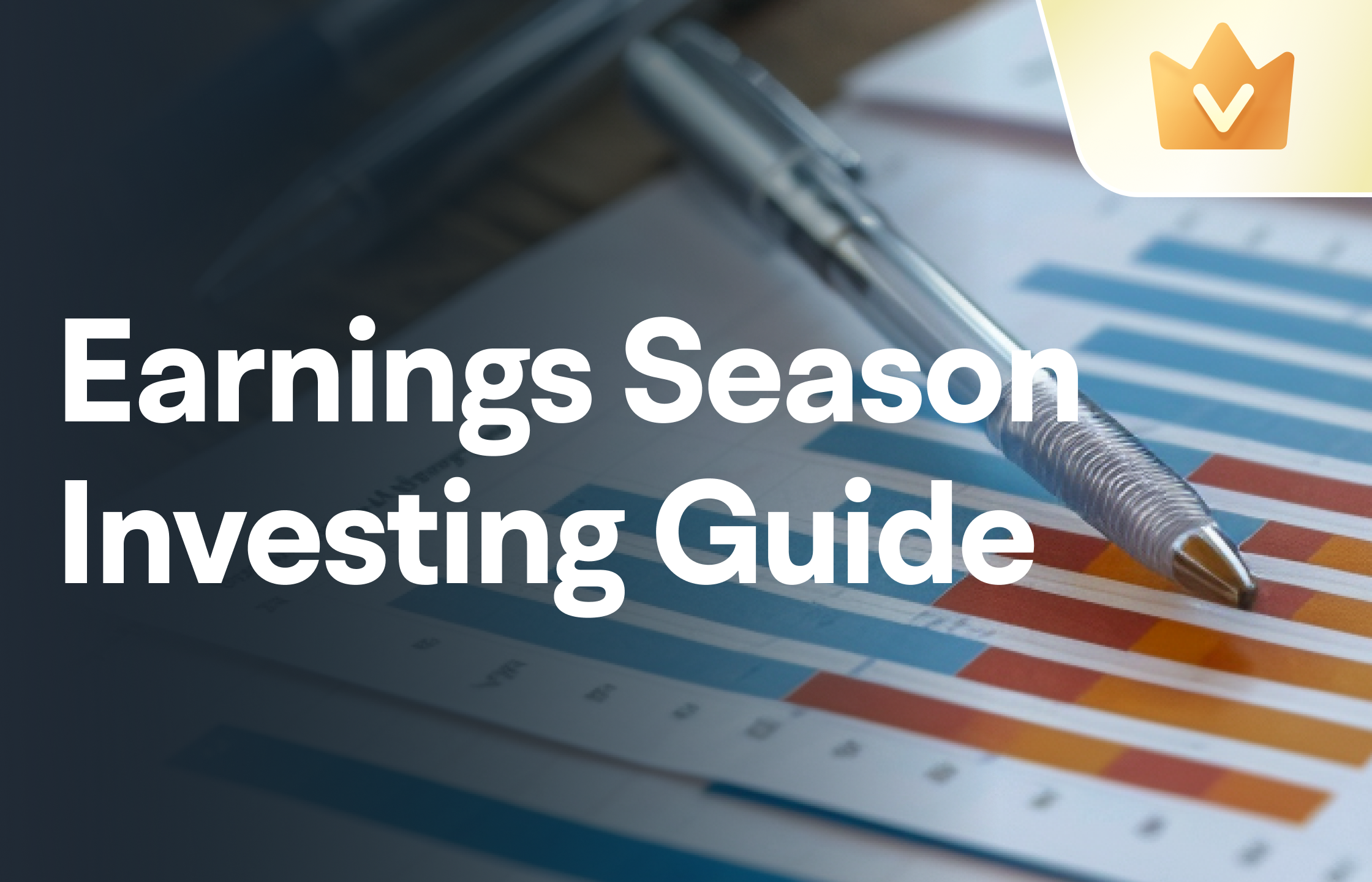Some say volatility, rather than debt, is the best way to think about risk as an investor, but Warren Buffett famously said that 'Volatility is far from synonymous with risk.' So it might be obvious that you need to consider debt, when you think about how risky any given stock is, because too much debt can sink a company. Importantly, Brookfield Infrastructure Corporation (NYSE:BIPC) does carry debt. But is this debt a concern to shareholders?
Why Does Debt Bring Risk?
Debt and other liabilities become risky for a business when it cannot easily fulfill those obligations, either with free cash flow or by raising capital at an attractive price. If things get really bad, the lenders can take control of the business. However, a more usual (but still expensive) situation is where a company must dilute shareholders at a cheap share price simply to get debt under control. Of course, debt can be an important tool in businesses, particularly capital heavy businesses. The first thing to do when considering how much debt a business uses is to look at its cash and debt together.
What Is Brookfield Infrastructure's Debt?
As you can see below, at the end of September 2024, Brookfield Infrastructure had US$13.5b of debt, up from US$12.1b a year ago. Click the image for more detail. However, it also had US$278.0m in cash, and so its net debt is US$13.2b.

How Strong Is Brookfield Infrastructure's Balance Sheet?
 We can see from the most recent balance sheet that Brookfield Infrastructure had liabilities of US$6.74b falling due within a year, and liabilities of US$14.9b due beyond that. Offsetting these obligations, it had cash of US$278.0m as well as receivables valued at US$2.62b due within 12 months. So it has liabilities totalling US$18.8b more than its cash and near-term receivables, combined.
We can see from the most recent balance sheet that Brookfield Infrastructure had liabilities of US$6.74b falling due within a year, and liabilities of US$14.9b due beyond that. Offsetting these obligations, it had cash of US$278.0m as well as receivables valued at US$2.62b due within 12 months. So it has liabilities totalling US$18.8b more than its cash and near-term receivables, combined.
The deficiency here weighs heavily on the US$6.32b company itself, as if a child were struggling under the weight of an enormous back-pack full of books, his sports gear, and a trumpet. So we definitely think shareholders need to watch this one closely. At the end of the day, Brookfield Infrastructure would probably need a major re-capitalization if its creditors were to demand repayment.
We measure a company's debt load relative to its earnings power by looking at its net debt divided by its earnings before interest, tax, depreciation, and amortization (EBITDA) and by calculating how easily its earnings before interest and tax (EBIT) cover its interest expense (interest cover). Thus we consider debt relative to earnings both with and without depreciation and amortization expenses.
While we wouldn't worry about Brookfield Infrastructure's net debt to EBITDA ratio of 4.4, we think its super-low interest cover of 2.2 times is a sign of high leverage. It seems clear that the cost of borrowing money is negatively impacting returns for shareholders, of late. The good news is that Brookfield Infrastructure grew its EBIT a smooth 57% over the last twelve months. Like a mother's loving embrace of a newborn that sort of growth builds resilience, putting the company in a stronger position to manage its debt. The balance sheet is clearly the area to focus on when you are analysing debt. But ultimately the future profitability of the business will decide if Brookfield Infrastructure can strengthen its balance sheet over time. So if you're focused on the future you can check out this free report showing analyst profit forecasts.
Finally, a business needs free cash flow to pay off debt; accounting profits just don't cut it. So we always check how much of that EBIT is translated into free cash flow. In the last three years, Brookfield Infrastructure's free cash flow amounted to 24% of its EBIT, less than we'd expect. That's not great, when it comes to paying down debt.
Our View
Mulling over Brookfield Infrastructure's attempt at staying on top of its total liabilities, we're certainly not enthusiastic. But on the bright side, its EBIT growth rate is a good sign, and makes us more optimistic. It's also worth noting that Brookfield Infrastructure is in the Gas Utilities industry, which is often considered to be quite defensive. Overall, we think it's fair to say that Brookfield Infrastructure has enough debt that there are some real risks around the balance sheet. If everything goes well that may pay off but the downside of this debt is a greater risk of permanent losses. There's no doubt that we learn most about debt from the balance sheet. However, not all investment risk resides within the balance sheet - far from it. To that end, you should learn about the 2 warning signs we've spotted with Brookfield Infrastructure (including 1 which is potentially serious) .
Of course, if you're the type of investor who prefers buying stocks without the burden of debt, then don't hesitate to discover our exclusive list of net cash growth stocks, today.
Have feedback on this article? Concerned about the content? Get in touch with us directly. Alternatively, email editorial-team (at) simplywallst.com.
This article by Simply Wall St is general in nature. We provide commentary based on historical data and analyst forecasts only using an unbiased methodology and our articles are not intended to be financial advice. It does not constitute a recommendation to buy or sell any stock, and does not take account of your objectives, or your financial situation. We aim to bring you long-term focused analysis driven by fundamental data. Note that our analysis may not factor in the latest price-sensitive company announcements or qualitative material. Simply Wall St has no position in any stocks mentioned.

